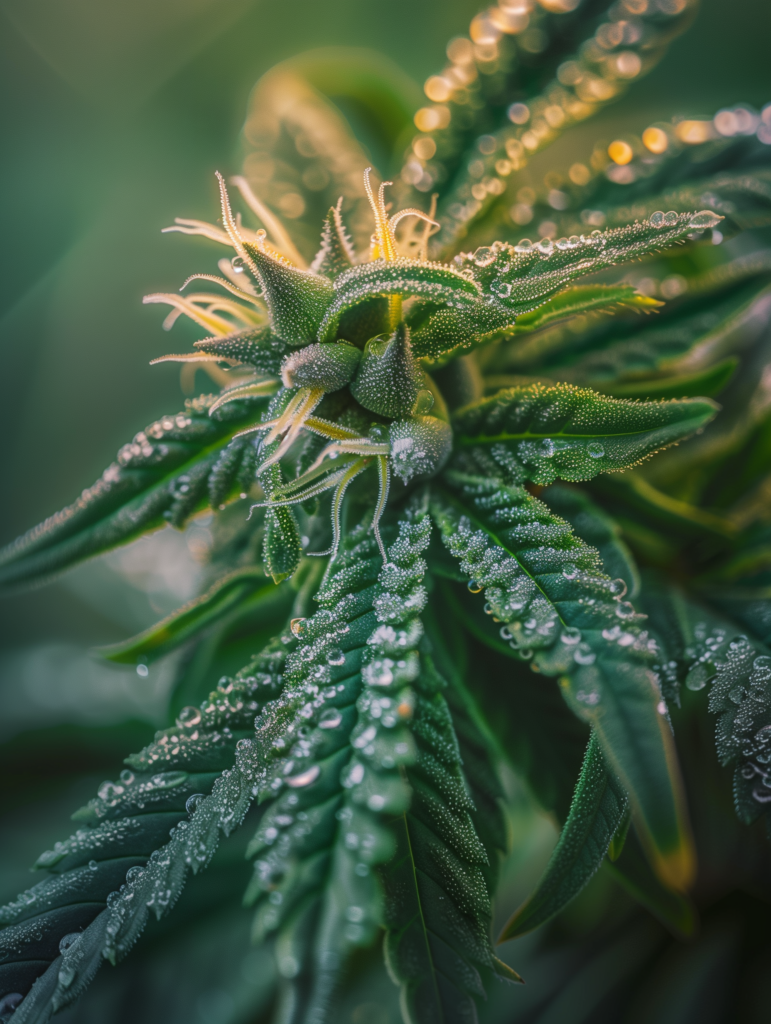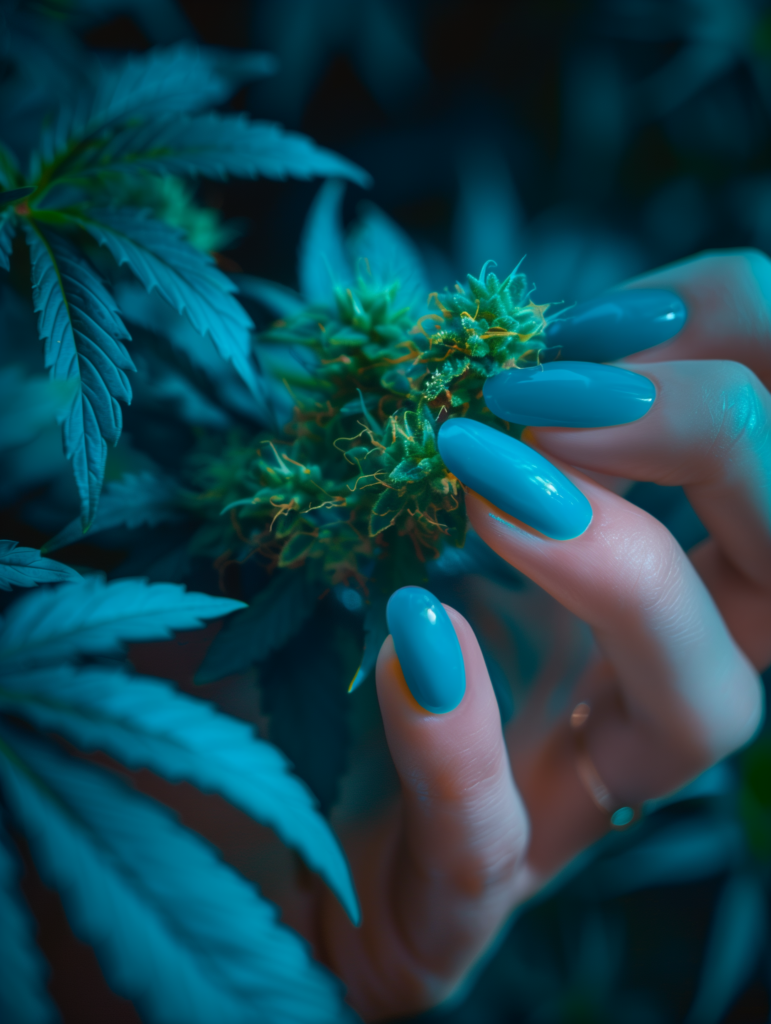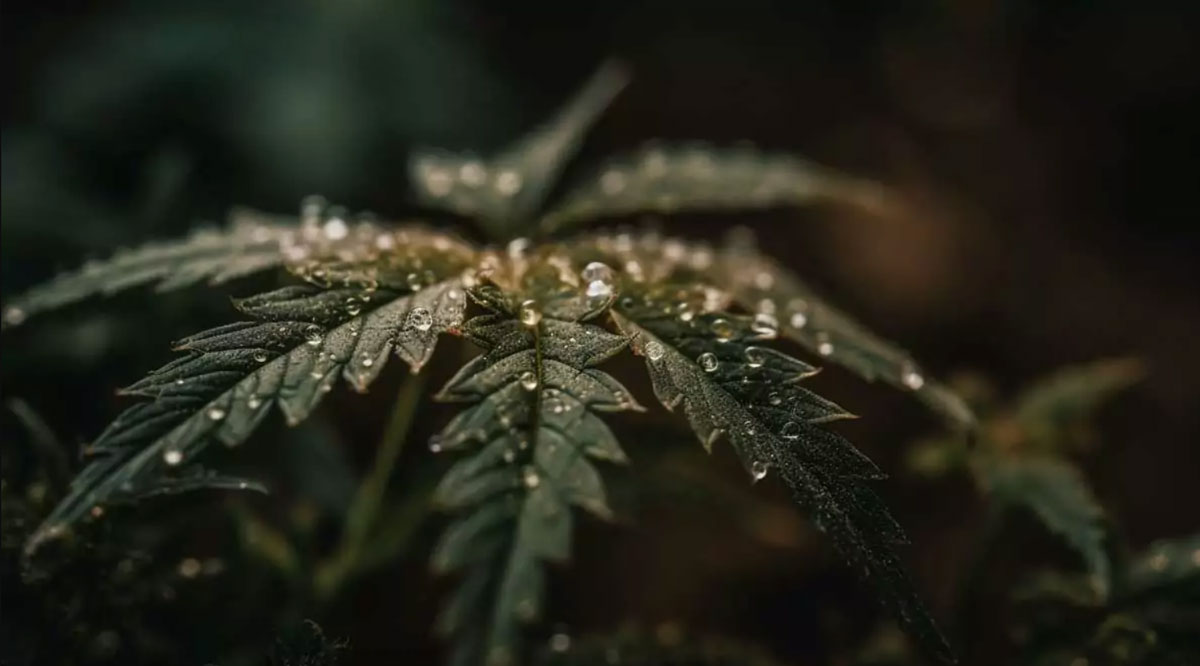Weed Strains: Indica vs Sativa vs Hybrid
Throughout history, people have utilized a diversity of chemical compounds found in cannabis plants for various purposes. Laws and research change, people want to know more about different types of cannabis.
This article gives an overview of the main types of cannabis strains – indica, sativa, and hybrids – and their characteristics.


Key Takeaways
- Cannabis strains have different attributes but substantial crossover because of hybridization.
- Indica, Sativa, and Hybrid classifications provide general guidelines but do not guarantee effects
- Cannabinoid and terpene contents better predict cannabis’ effects based on current science
- Legal barriers continue limiting insights into therapeutic applications of cannabis
- Strain selection for research requires careful adherence to protocols and regulations
- Continued progress in cannabis science necessitates ongoing legal reforms
The Science of Cannabis Strains
The cannabis genus includes several different plant species and subspecies. The major types relevant to consumers are Cannabis indica and Cannabis sativa. These two species came from different places, so they developed different physical traits to fit in their surroundings.
Both indica and sativa plants contain unique compounds known as cannabinoids. The most well-known are tetrahydrocannabinol (THC) and cannabidiol (CBD). Cannabis also contains aromatic compounds called terpenes that influence taste and scent. Research into how indica and sativa strains may differ in their cannabinoid and terpene profiles is still developing.
Researchers are conducting research to determine if certain types of cannabis reduce anxiety, but they require more studies.
Indica Strains: Characteristics

People believe that Cannabis indica plants originated from cooler mountainous regions. They typically grow shorter and bushier than sativa varieties. Their leaves also tend to be wider and darker green.
Some key physical attributes of indica strains are:
- Short, compact growth habit
- Rapid life cycle compared to sativa
- Broad, deep green leaves
- Higher leaf to flower ratio
Scientists don’t know much about how the chemical makeup of indica affects it and its uses. However, people often describe indica strains as promote a body high and as having relaxing or calming psychoactive effects.
Sativa Strains: Characteristics and Research Findings

Sativa strains originate from warmer climates. Tall, slender plants with narrow, light green leaves characterize them. Sativas take longer to mature and have lower yields than Indicas.
Some key features of sativa strains include:
- Tall, gangly growth
- Long flowering period
- Narrow, light green leaves
- Lower leaf to flower ratio
While anecdotal reports suggest sativa strains have energizing effects, scientific research into their pharmacology is still developing. We need controlled studies to substantiate subjective descriptions of sativa plants.
People describe Sativa strains anecdotally as uplifting, energizing, and stimulating. But studies have not found effects clearly attributable to Sativa lineage alone. Modern strains have blurred genetic lines.
Still, some research hints at beneficial effects. Small studies indicate Sativas may improve focus and creativity. And surveys show users often prefer Sativas for daytime use. However, not all Sativas are stimulating, and side effects vary widely among individuals.
We need to conduct further research on the causal links between purified Sativa cannabinoids, terpenes, and subjective effects. Viewers should approach blanket claims with skepticism at this stage.
Hybrid Strains: Best of Both Worlds?

Hybrid strains result from crossbreeding Indica and Sativa varieties. They exhibit characteristics of both lineages. Effects depend on the hybrid’s cannabinoid profile and an individual’s body chemistry.
Some sativa strains may produce more of a head high feeling, while indicas are associated with being more body-focused.
One analyzed self-reported strain effects found differences between Sativas, Indicas, and Hybrids. However, users still described a wide range of experiences within each strain type.
Well-designed trials are limited. For example, the balanced THC/CBD marijuana strain Cannatonic demonstrated anxiety-relieving potential.
We need to do much more work to substantiate claims about hybrid strains. Their effects do not always align with expectations. It is advisable to consult a medical professional when considering cannabis-based therapies.
Sativa dominant cannabis strains tend to have uplifting, energizing reputations, while indica dominant varieties are often associated with promoting deep relaxation.
In short, indica, sativa, and hybrid strains have different features, but we are still learning about their effects. Sustained research advancements in this emerging field may lead to new discoveries about the cannabis plant’s varied potential applications.
Understanding Cannabinoids and Terpenes

While Indica vs Sativa type persist in cannabis culture, experts argue cannabinoid and terpene contents better predict effects.
Cannabinoids
Cannabinoids like THC and CBD are the primary drivers of cannabis’ therapeutic effects. CBD does not cause intoxication but shows anti-inflammatory, anti-anxiety, and analgesic potential.
Other minor cannabinoids like CBN, CBG, and THCV may also contribute unique effects. But most remain understudied because of previous legal restrictions. Expect research to rapidly uncover more of their therapeutic promise as cannabis laws continue reforming.
Terpenes
Terpenes are aromatic compounds that shape cannabis’ distinctive scents and flavors. They also appear to modulate effects, a phenomenon known as the entourage effect. Common cannabis terpenes include limonene, myrcene, and linalool.
Through complex synergies with cannabinoids, terpenes may alter the type of high and medicinal benefits provided by a strain. However, research is still preliminary. We need to do much more work to elucidate the mechanisms and applications of cannabis’ promising symbiotic compounds.
Legal Usage and Effects of Different Strains
The legal status of cannabis varies greatly by jurisdiction. Some nations permit medical use but not recreational. Others allow both or prohibit cannabis entirely. Laws are rapidly evolving worldwide.
Most current research focuses on purified THC, CBD, and other individual cannabinoids. But the entourage effect suggests that whole-plant therapies could provide enhanced benefits.
Unfortunately, restrictive laws impede scientists from exploring full-spectrum cannabis regimens. Rescheduling would enable research on a wider array of cannabinoids and their synergies, accelerating discovery of cannabis’ full potential.
Recreational users report wide-ranging effects based on strain cannabinoid contents. However, risks like dependency and psychosis remain. Anyone exploring legal cannabis should exercise caution and start low and slow.
How to Choose the Right Strain for Research
Selecting cannabis strains for scientific study within legal bounds requires careful consideration. Researchers must account for:
- Cannabinoid concentrations – Seek strains with desired THC:CBD ratios for trial purposes
- Terpene profiles – Consider entourage effects and strain scents suitable for controlled experiments
- Growing conditions – Select legally sourced, contaminant-free strains grown to high standards
- Prioritize strains that licensed providers can readily provide for consistent study.
- Funding restrictions – Adhere to all regulations on cannabis access, transport, and storage
- Publication barriers – Anticipate limitations in disseminating cannabinoid research data
Further complications abound. But following protocol helps pave the way for critical discoveries within current legal constraints.
Final thoughts
Cannabis research is constrained by laws limiting study of strains with significant THC. While indica, sativa and hybrid types provide general guidance, a plant’s cannabinoid and terpene profile better predicts effects.
Advocacy to enable fuller investigation of synergies between cannabis compounds is key to uncovering its full therapeutic potential. Researchers must carefully select strains within legal bounds, but progress depends on reshaping restrictive policies.
Frequently Asked Questions
What are the legal considerations when researching cannabis strains?
Cannabis research must comply with all applicable laws and regulations. Most countries heavily restrict study of strains containing significant THC because of its psychoactivity and legal status. Researchers should consult local policies and submit proposals for ethics board approval before undertaking cannabinoid studies.
How do Indica, Sativa, and Hybrid strains differ in legal cannabinoid content?
No consistent differences in cannabinoid concentrations exist between Indica, Sativa, and Hybrid strain types. Higher CBD levels do not automatically correlate with Indica lineage. The legal status of cannabinoids depends on jurisdiction, not strain classifications.
Can terpenes influence the research outcomes of legal cannabis strains?
Possibly. Early studies suggest terpenes may impact weed’s effects through the entourage effect. But current laws severely limit this research. Rescheduling would enable fuller investigation into terpene-cannabinoid synergies and how they shape cannabis’ therapeutic potential.
What’s the difference between indica and sativa strains?
In a nutshell, indica strains are typically more physically sedating, while sativas tend to provide mental stimulation. However, effects ultimately depend on a plant’s chemical composition.
Do hybrid strains differ from their parent plants?
Absolutely. Hybrids inherit traits from their parents, but breeders mix genetics to create different effects and cannabinoid/terpene profiles.
Can I predict effects from a strain type alone?
While the indica/sativa/hybrid category offers a general idea, examining the chemical profile is more informative for anticipating effects.
What are the most important cannabis compounds?
The major players are cannabinoids like THC and CBD, which interact with our endocannabinoid system to generate signature effects. Terpenes also shape the flavor and influence the high.
The statements on this blog are not intended to diagnose, cure, treat or prevent any disease. FDA has not evaluated statements contained within the blog. Information on this website or in any materials or communications from Inheal is for educational/informational purposes only and is not a substitute for medical advice, diagnosis, or treatment. Please consult your healthcare provider before making any healthcare decisions, correct dosage or for guidance about a specific medical condition.

A connoisseur of cannabis creativity and true contemplation with more than 20 years of experience, Chris extracts deep thoughts from getting lightly baked and shares his wandering mind. He blends cuisine and cannabis culture into nutritious, delicious recipes and insights for other hemp lovers.
Related Posts

Top 10 Most Popular Cannabis Strains in 2024

THCA vs Delta 8: Differences and Similarities

Does Delta 8 Get You High?

HHC vs Delta 9

THCA and Creativity: Inspiring Artists Musicians and Writers

Exploring Terpene Profiles of Popular THCA Strains

Which Cannabis Products Can Help You Stay Productive?

Cannabis and Sex: Tips for Better Sexual Intimacy

How to Overcome Weed Anxiety and Paranoia
All Posts












